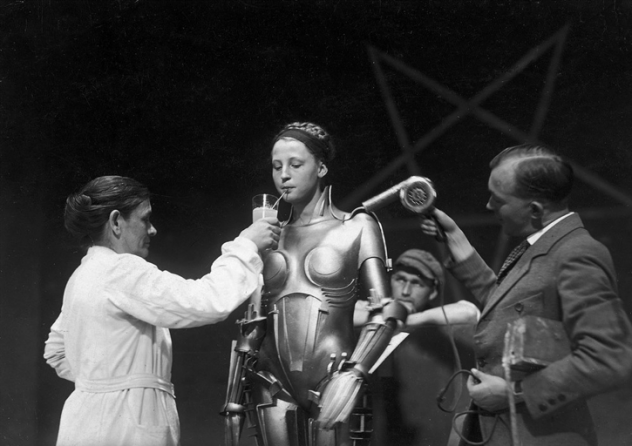 (Fritz Lang’s Metropolis)
(Fritz Lang’s Metropolis)
It may be hard for today’s moviegoers to believe it but we once lived in an era where the movie pictures we saw on screen were little more than just that, moving pictures. Your heroes and villains were all mute, even when they needed to have a conversation on screen. In the beginning, you would be lucky to have even a piano player to add something to the experience. By the end, music tied to a silent picture was common practice but beyond that, all you got was a black and white image with words on screen.
 (Long Chaney in The Phantom of the Opera)
(Long Chaney in The Phantom of the Opera)
Silent movies represent something important with filmmaking for many years. Physical acting is just as, if not more important than reciting lines. Silent films show that you can have an emotional attachment to people that are arguably entirely mute. Charlie Chaplin, for example, is one of the greatest comedians of all time, and he did most of it without ever saying a word.
 (Charlie Chaplin’s The Gold Rush)
(Charlie Chaplin’s The Gold Rush)
Silent films are what molded out present-day view of how movies are made. If it weren’t for the countless mute actors and actress that could make us laugh, cry, be scared, or any other emotional response, we wouldn’t be able to have anything near what we have today in modern day cinema. We can’t forget how to use the art of the frame that was founded through the silent film era. Feelings shouldn’t be solely relying on by the voice of the actor or even the music that plays behind a scene.
Come back for more in the near future to see more about the silent film era and what it can do for you. If you’re interested in seeing some of my favorite movies, IUP SFA will be hosting a silent film viewing party. Linked below are some trailers to what you may be able to see.
Metropolis (my personal favorite silent film)
Phantom of the Opera
The Gold Rush
